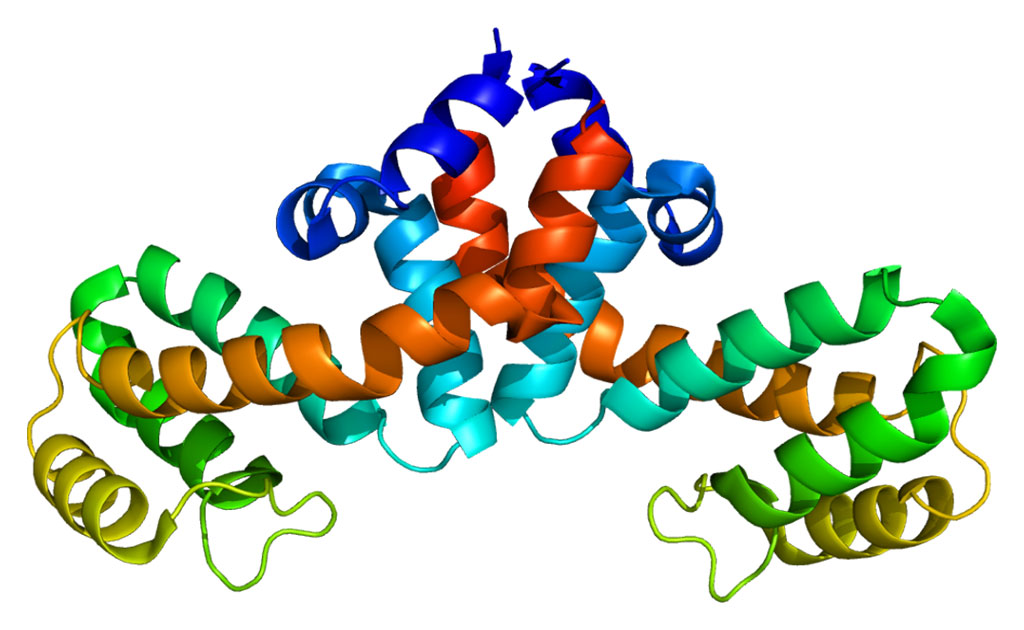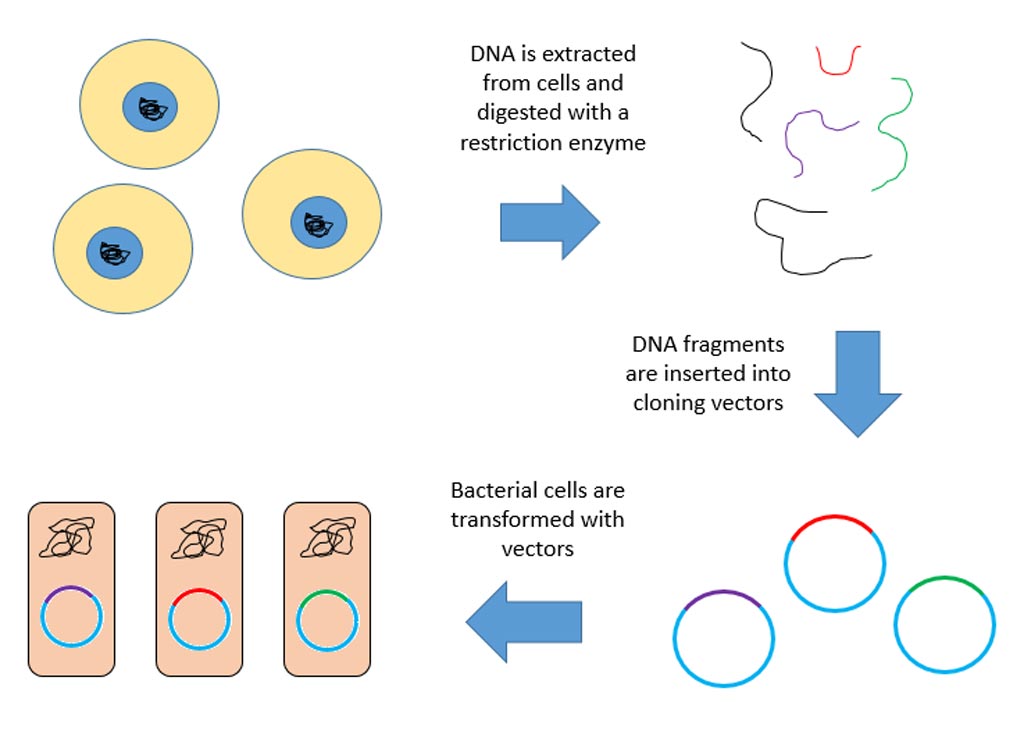3D-Printed Heart Valve Models Mimic Physiology
By LabMedica International staff writers
Posted on 17 Jul 2017
Cardiovascular disease researchers used an advanced multi-material three-dimensional printing technique to create patient-specific heart valve models that mimic the physiological qualities of human valves.Posted on 17 Jul 2017
Investigators at the Georgia Institute of Technology (Atlanta, USA) had shown previously that a metamaterial three-dimensional printing technique could be used to create patient-specific phantoms that mimicked the mechanical properties of biological tissue. In the current study, they aimed to use this methodology to develop a procedure simulation platform for in vitro transcatheter aortic valve replacement (TAVR). In addition, they evaluated the feasibility of using these three-dimensional printed mimics to quantitatively predict the occurrence, severity, and location of any degree of post-TAVR paravalvular leaks (PVL).

Image: New 3D printing technologies allow researchers to create patient-specific heart valve models that mimic the physiological qualities of the real valves. This image shows the submerged valve during flow testing (Photo courtesy of the Georgia Institute of Technology).
In conducting this retrospective study involving 18 patients who had undergone TAVR, patient-specific aortic root mimics were created using the three-dimensional printing technique combined with pre-TAVR computed tomography. CoreValve (self-expanding valve) prostheses were deployed in the mimics to simulate the TAVR procedure, from which post-TAVR aortic root strain was quantified in vitro. A novel index, the annular bulge index, was measured to assess the post-TAVR annular strain unevenness in the mimics.
Results published in the July 7, 2017, online edition of the journal JACC: Cardiovascular Imaging revealed that the maximum annular bulge index was significantly different among patient subgroups that had no PVL, trace-to-mild PVL, and moderate-to-severe PVL. Compared with other known PVL predictors, bulge index was the only significant predictor of moderate-severe PVL. Thus, in this proof-of-concept study, the investigators demonstrated the feasibility of using three-dimensional printed tissue-mimics to quantitatively assess post-TAVR aortic root strain in vitro.
"These three-dimensional printed valves have the potential to make a huge impact on patient care going forward," said contributing author Dr. Chuck Zhang, professor of industrial and systems engineering at the Georgia Institute of Technology. "Previous methods of using three-dimensional printers and a single material to create human organ models were limited to the physiological properties of the material used. Our method of creating these models using metamaterial design and multi-material three-dimensional printing takes into account the mechanical behavior of the heart valves, mimicking the natural strain-stiffening behavior of soft tissues that comes from the interaction between elastin and collagen, two proteins found in heart valves."
Related Links:
Georgia Institute of Technology














